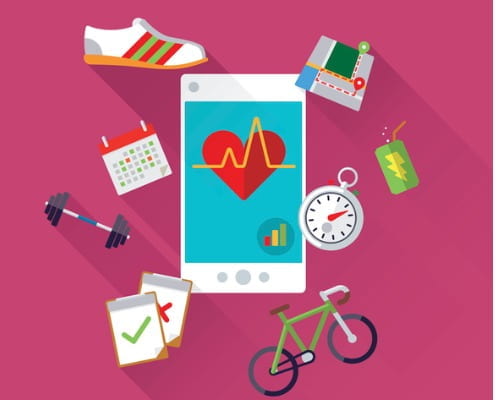GW is a member of the Tuition Exchange, Inc., a national organization that administers tuition scholarships to the dependents of eligible faculty and staff at participating colleges and universities. Tuition Exchange award amounts (averaging $30,000) significantly defray higher education costs, and the process operates similarly to Tuition Remission, with the added benefit of being portable to hundreds of other institutions. GW’s agreement with the Tuition Exchange permits a small number of students each year to enroll in undergraduate degree programs at participating institutions throughout the country.
Who participates in the Tuition Exchange?
More than 660 private and public not-for-profit colleges and universities – representing 47 states, the District of Columbia and four countries – participate in the program. A number of prestigious institutions are members of the Tuition Exchange. A full list of participating schools may be found here.
Who is eligible to apply?
Except as specified, all eligibility requirements for dependent use of the GW Tuition Remission benefit program apply to the Tuition Exchange program. Eligible faculty and staff may apply to compete for tuition exchange scholarships for legally dependent children under age 24* in the academic year following four years of continuous employment in a regular full-time or part-time benefits eligible position. All eligibility requirements must be met prior to the first day of classes, and all faculty and staff must maintain eligibility for tuition benefits at GW for the full duration of the scholarship period in order to receive full benefits under the Tuition Exchange program.
*Dependent children must be under age 24 at the beginning of each academic year in order to maintain eligibility.
What is the application process like?
Once you’ve determined that you’re eligible to apply for the Tuition Exchange benefit, you should attend the Tuition Exchange information session hosted in March of every year. The first step of the formal application process involves a Tuition Exchange Preliminary Application, to be completed and submitted by you during the special tuition exchange open enrollment period. Preliminary Applications are now being accepted for academic year 2021-2022 with a submission deadline of August 31, 2020.
Candidates are selected based on length of service. Applicants who are not selected as candidates will be ranked on a waitlist and notified by the Tuition Exchange Liaison Officer if an opening becomes available. If you are chosen as a candidate, the Office of Student Financial Assistance will send you a second form, on which your dependent will indicate his or her school(s) of interest. If your dependent gains admission to his or her school(s) of interest, he or she must then compete for the tuition exchange scholarship offered by that school.
How do eligible students compete for a Tuition Exchange scholarship?
Tuition Exchange scholarships are not guaranteed; they are competitive awards. In addition to meeting the school’s admission requirements and applicable deadlines, your dependent must compete with other eligible students for the tuition exchange scholarship offered by that school. Some member schools have additional requirements for exchange applicants, such as higher academic standards.
How many students are awarded a scholarship each year?
The Tuition Exchange scholarship availability is dependent on the number of spaces available at the admitting institution. Each member school must maintain a balance between the students it sends to other schools on the exchange (exports) with those it receives on the exchange (imports). When the number of exports exceeds the number of imports, the institution may not sponsor new students. These factors impact your ability to earn a scholarship through the exchange. You can increase your chances of receiving a scholarship if you apply to one or two schools that offer awards to a large percentage of applicants. Many member institutions submit profiles for the upcoming year, and you can discover the award percentage for a particular school by conducting a school search.
What does the scholarship cover?
Each scholarship is awarded for a maximum of eight semesters, to cover four academic years of full-time undergraduate study at participating Tuition Exchange institutions. If a student enters the Tuition Exchange program as a transfer, he or she will receive fewer semesters as required to complete the undergraduate degree.
Tuition Exchange benefits vary on a case-by-case basis. Each member Tuition Exchange institution determines the value of the scholarship that it awards to each incoming student. The awarded benefit may include the costs of tuition, room, board and other expenses, as determined by the institution. Before accepting a Tuition Exchange scholarship, employees and their dependent students should clarify all financial responsibilities of the admitting institution; students are responsible for any costs that exceed the awarded benefit level.
What if I switch jobs or leave GW while my dependent is receiving Tuition Exchange benefits?
In the event that an eligible employee terminates employment or loses GW benefits eligibility while receiving benefits under the Tuition Exchange program, the employee will be responsible for the balance of tuition through the terminating semester as determined by the admitting institution.
Where can I find out more?
Details on the Tuition Exchange program are available at benefits.gwu.edu/tuition-exchange.

















